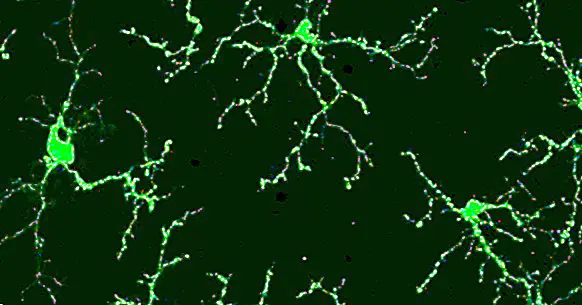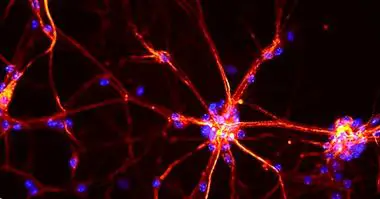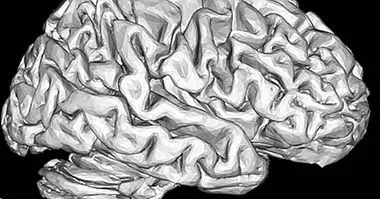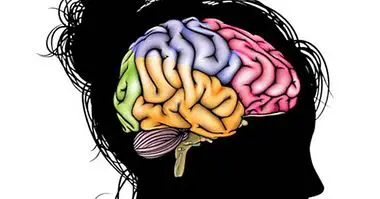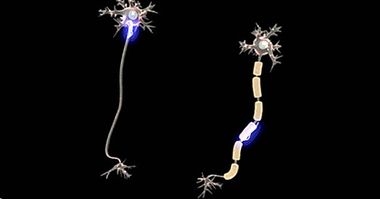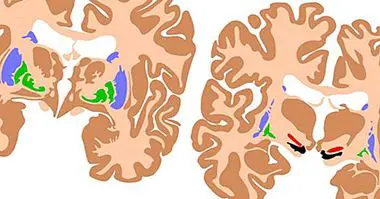Microglia: main functions and associated diseases
The human immune system is made up of many different structures and processes. In this function are involved organs such as the bone marrow, the thymus, the spleen or the lymph nodes, which are essential for the production of immune cells.
In this article we will describe functions and diseases related to microglia , one of these cells.
- Related article: "Glial cells: much more than the glue of neurons"
What is microglia?
Microglia is a type of glial cell that is found in the central nervous system. The term is used to talk about a set of cells that perform similar functions, mainly related to immune defense and phagocytosis of potentially harmful elements for neurons.
The term "microglia" was coined in 1920 by Pío del Río Hortega, a disciple of the neuroscience pioneer Santiago Ramón y Cajal. The immune functions of these cells are known from the time of their discovery, although knowledge about their characteristics has advanced in recent decades.
It is a very versatile type of glia: the structure of the microglia varies according to the functions that each cell fulfills , the place where you are and the chemical signals you receive from neighboring neurons. We speak of "phenotype" to refer to the concrete form that each microglia adopts.
They originate from progenitor cells of the same lineage as those that make up the blood, probably located in the bone marrow or in the yolk sac attached to the embryo. Some of these cells migrate to the brain during intrauterine development; once they have reached this structure they differentiate as microglia.
The glial cells
Glial cells or glia are located in the nervous system , that is, in the brain, in the spinal cord and in the cranial and spinal nerves. They support neurons in different ways: they give them physical support, nourish and eliminate pathogens, damaged tissues and waste products, favor the transmission of neuronal impulses through the formation of myelin ...
Among the cell types that are classified as glia, the astrocytes are fundamental for the structure and functioning of the blood-brain barrier, the oligodendrocytes, which create the myelin sheaths of the central nervous system, and the Schwann cells, which do so in the peripheral.
Functions of these cells
Microglia is known primarily for its immune and hygienic roles ; however, it also fulfills other varied functions, such as maintaining the balance of the extracellular environment of the nervous system or the repair of damaged tissues.
1. Phagocytosis (waste disposal)
These cells phagocytose ("devour") different types of compounds of the central nervous system: injured and dead cells, residues, viruses, bacteria, neurofibrillary tangles , neuritic plaques ... After phagocytosis both the microglia and its target are inactive, thus decreasing the risk of altering the functioning of the nervous system.
2. Maintenance of homeostasis
Microglia send signals through cytokines to other cell types, such as neurons, astrocytes and T lymphocytes, which are also involved in the immune system. Among the consequences of this function is the regulation of the homeostasis of the extracellular medium, as well as the promotion of inflammation.
3. Inflammation and repair of damages
When a tissue of the central nervous system is damaged or infected , the microglia facilitates inflammation; In this way, the repair process of the injured cells begins, along which these cells are very important.
In addition, if damage to the spinal cord occurs, the microglia removes the affected neuronal branches, allowing new nerve connections to be created.
4. Presentation of antigens
When a tissue is inflamed, the T lymphocytes cross the blood-brain barrier and enter the central nervous system. Once here they unite with microglia cells that have phagocytosed antigens (particles from which antibodies are produced); This enhances the elimination of threats and the recovery of injuries.
5. Cell destruction (cytotoxicity)
Microglia have the ability to destroy bacteria, viruses, infected neurons and other cell types by releasing hydrogen peroxide and nitric oxide. Sometimes this response is excessively aggressive and damages significant amounts of healthy tissues, causing even greater brain damage.
Diseases related to microglia
The dysfunctions in the microglia are associated to very diverse alterations. These cells seem to be involved in a relevant way in neurodegenerative diseases such as Alzheimer's , in which neuritic plaques and neurofibrillary tangles accumulate in the brain: the cytotoxicity of the microglia attacks healthy neurons adjacent to the damaged tissue.
Microglia cells play a similar role in the development of dementia due to HIV infection, the AIDS virus. In fact, this disease also directly affects the microglia, infecting it and promoting neurotoxicity. Microglia also intervenes in other infectious diseases, such as herpetic encephalitis and bacterial meningitis.
The investigation reveals that the glia is important in the appearance of neuropathic pain , which manifests itself in alterations such as allodynia or phantom limb syndrome. This is because they are activated in response to nerve damage and promote the chronic release of chemical compounds associated with the sensation of pain.

